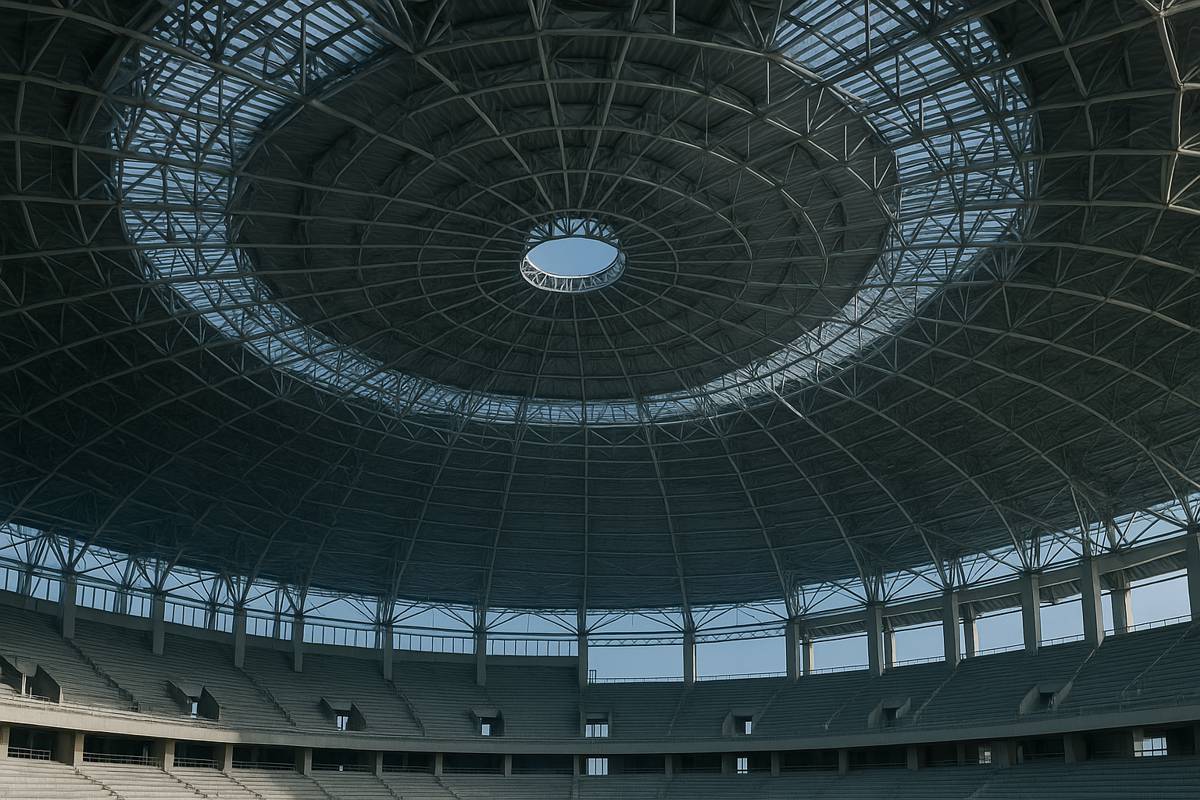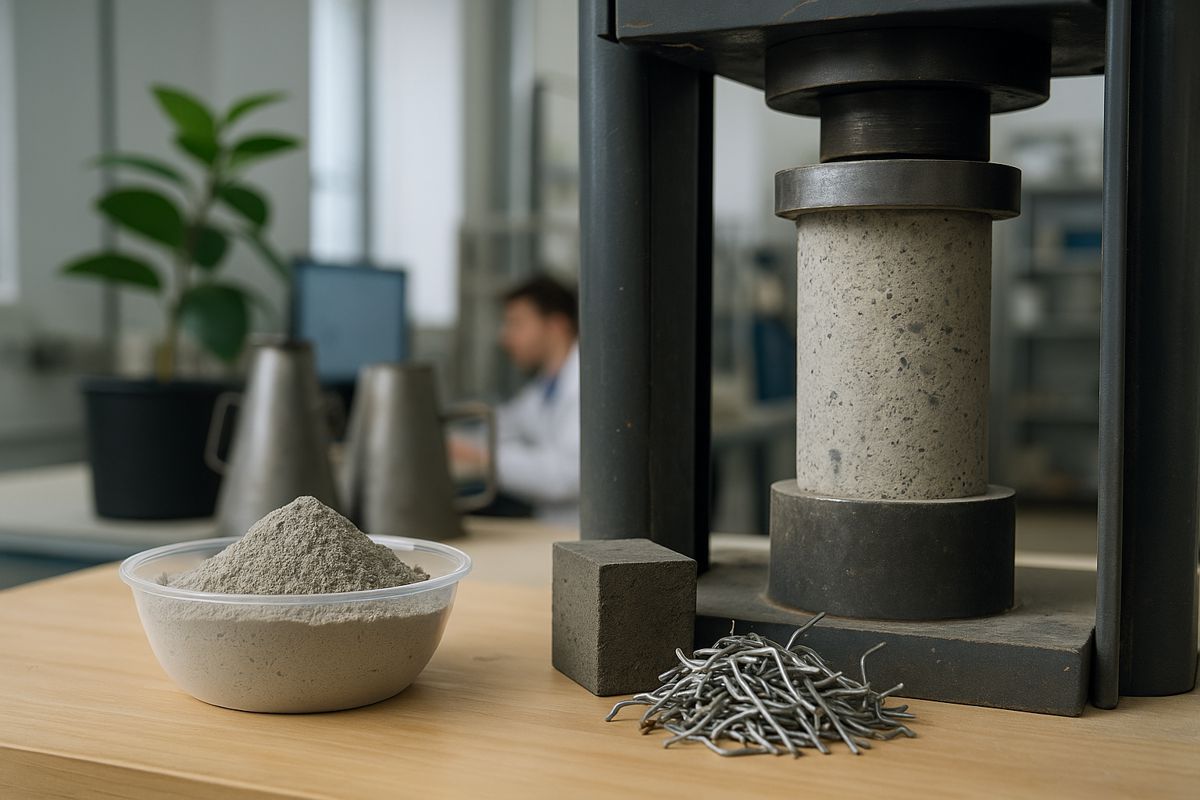Polypipe enhances highways offering with introduction of Ridgichute
Polypipe, the UK’s leading manufacturer of sustainable drainage and water management solutions, has launched Ridgichute – a new gully chute designed for use in highway applications.
With the UK expected to experience heavier rainfall, it is essential that stormwater doesn’t collect on either new or existing road networks, as this can cause traffic congestion and road blockages.
Ridgichute allows captured water and sediment from high-risk carriageways to pass straight through into a Ridgidrain drainage system, preventing surface flooding.
The sumpless design reduces the risk to roadside workers needing to undertake gully maintenance by preventing blockages caused by silt accumulation. Captured water, silt and sediment is carried down the Ridgidrain system into a chamber to the side of the carriageway, allowing safer maintenance activities to commence.
Ridgichute gully chutes are manufactured from lightweight polypropylene. They are designed to fit seamlessly with Highways Authority Product Approval Scheme
(HAPAS)-approved Ridgidrain, the UK’s most popular surface water drainage piping system for use on highways projects.
There are three sizes available, each with the choice of either a 225mm or 300mm outlet:
- 600x600mm
- 900x900mm
- 1200x675mm
These sizes have been designed in accordance with the most widely-used gully gratings that will be installed above the Ridgichute.
Sean Norris, product manager at Polypipe, said: “The introduction of the Ridgichute is a great addition to our comprehensive range of surface water drainage solutions for road projects. The main benefit of a sumpless design is to eliminate the need for maintenance and cleaning activities on high-risk carriageways. This also removes the need for the carriageway to be closed, allowing traffic to remain free flowing.
“Unlike a traditional gully, any sediment will be carried down the piping system and collected by, for example, a RIDGISTORMSeparate chamber located off the carriageway, for safer maintenance activities to commence.”






















